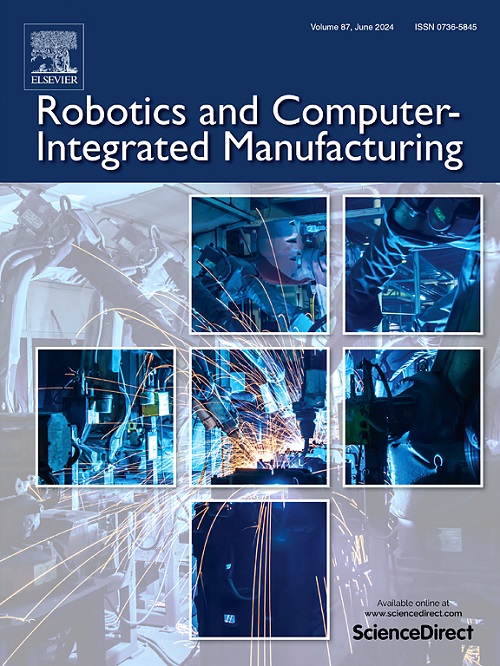Sim2Joint:基于Sim2Real的焊点预测动态混合模型
IF 9.1
1区 计算机科学
Q1 COMPUTER SCIENCE, INTERDISCIPLINARY APPLICATIONS
引用次数: 0
摘要
本研究的目的是在焊点形成之前预测其圆角轮廓。焊点对于电子组件的结构和操作可靠性至关重要,但其完整性可能因冷接头、空洞或焊料不足等缺陷而受到损害。传统的基于物理的模拟试图对这些现象进行建模,但由于无法捕捉到现实世界的可变性,因此往往无法进行简化。相反,数据驱动的方法利用表面贴装技术(SMT)生产线的历史数据来预测接头质量,尽管它们的有效性可能会受到数据噪声和不平衡的阻碍。针对这些限制,本研究引入了一个名为Sim2Joint的混合建模框架,该框架将基于物理知识的仿真与数据驱动方法的适应性相结合。通过在联合仿真领域引入Sim2Real, Sim2Joint通过将打印和放置因素的动态权重与现实世界数据相结合,弥合了模拟和现实世界情况之间的差距,提高了预测的准确性和可靠性。该框架还包括不确定性量化,以提供更可靠的焊点圆角轮廓预测,从而在SMT工艺中实现更好的决策和优化。Sim2Joint在各种基线下进行了验证,展示了其适应实时变化的能力,并提高了焊点质量评估的预测性能。本文章由计算机程序翻译,如有差异,请以英文原文为准。
Sim2Joint: Dynamic hybrid model for solder joint prediction across Sim2Real
The objective of this research is to predict the solder joint’s fillet profile before its formation. Solder joints are crucial for the structural and operational reliability of electronic assemblies, yet their integrity can be compromised by defects such as cold joints, voids, or insufficient solder. Traditional physics-based simulations attempt to model these phenomena but often fall short due to simplifications that fail to capture real-world variability. Conversely, data-driven approaches leverage historical data from Surface Mount Technology (SMT) lines to predict joint quality, though their effectiveness can be hampered by data noise and imbalance. Addressing these limitations, this research introduces a hybrid modeling framework named Sim2Joint, which combines physics knowledge-based simulations with the adaptability of data-driven methods. By introducing Sim2Real in the joint simulation domain, Sim2Joint bridges the gap between simulation and real-world situations by integrating dynamic weights for printing and placing factors with real-world data, enhancing prediction accuracy and reliability. The framework also includes uncertainty quantification to provide more reliable solder joint fillet profile predictions, thereby enabling better decision-making and optimization in SMT processes. Sim2Joint is validated against various baselines, showcasing its capability to adapt to real-time changes and improve the predictive performance of solder joint quality assessments.
求助全文
通过发布文献求助,成功后即可免费获取论文全文。
去求助
来源期刊
CiteScore
24.10
自引率
13.50%
发文量
160
审稿时长
50 days
期刊介绍:
The journal, Robotics and Computer-Integrated Manufacturing, focuses on sharing research applications that contribute to the development of new or enhanced robotics, manufacturing technologies, and innovative manufacturing strategies that are relevant to industry. Papers that combine theory and experimental validation are preferred, while review papers on current robotics and manufacturing issues are also considered. However, papers on traditional machining processes, modeling and simulation, supply chain management, and resource optimization are generally not within the scope of the journal, as there are more appropriate journals for these topics. Similarly, papers that are overly theoretical or mathematical will be directed to other suitable journals. The journal welcomes original papers in areas such as industrial robotics, human-robot collaboration in manufacturing, cloud-based manufacturing, cyber-physical production systems, big data analytics in manufacturing, smart mechatronics, machine learning, adaptive and sustainable manufacturing, and other fields involving unique manufacturing technologies.

 求助内容:
求助内容: 应助结果提醒方式:
应助结果提醒方式:


